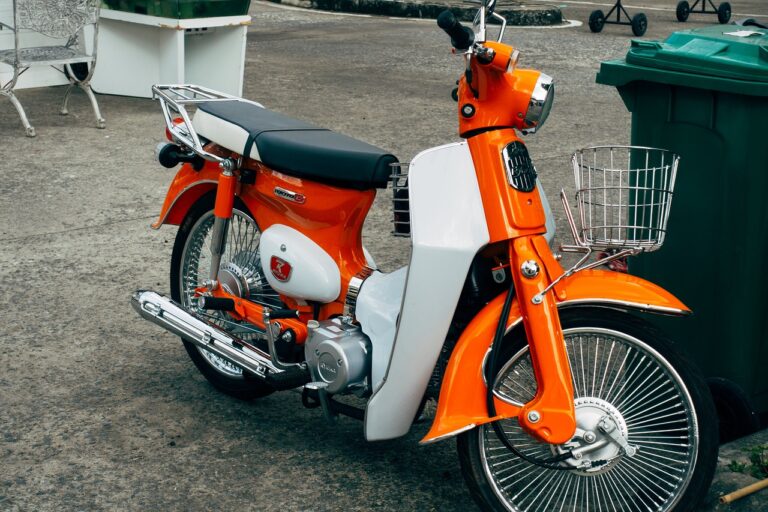Addressing Challenges in Suspension System Manufacturing for Electric Utility Vehicles
11xplay, tigerexch247 login, booki bet:When it comes to manufacturing suspension systems for electric utility vehicles, there are several challenges that need to be addressed in order to ensure the safety and efficiency of these vehicles. Electric utility vehicles are becoming increasingly popular due to their environmentally friendly nature and cost-saving benefits. However, their unique requirements present specific challenges for suspension system manufacturers. In this article, we will discuss some of the key challenges in this field and offer potential solutions to address them.
Importance of a Reliable Suspension System
A reliable suspension system is crucial for electric utility vehicles as it impacts the vehicle’s stability, handling, and overall performance. Without a well-designed suspension system, the vehicle may experience excessive vibrations, poor maneuverability, and increased wear and tear on other components. This can lead to safety hazards and decreased lifespan of the vehicle.
Challenges in Manufacturing Suspension Systems for Electric Utility Vehicles
1. Weight Distribution: Electric utility vehicles typically have heavy battery packs, which can result in uneven weight distribution. This can put additional strain on the suspension system and affect the vehicle’s handling and stability. Manufacturers need to design suspension systems that can accommodate the extra weight while maintaining optimal performance.
2. Limited Space: Electric utility vehicles often have limited space available for suspension components due to the presence of batteries, motors, and other essential components. This can make it challenging to design and install suspension systems that meet the vehicle’s requirements without compromising on space efficiency.
3. Durability: Electric utility vehicles are designed for heavy-duty use in rugged environments. This means that suspension systems need to be durable enough to withstand rough terrain, harsh weather conditions, and heavy loads. Ensuring the durability of suspension components is crucial for the longevity and reliability of the vehicle.
4. Energy Efficiency: Electric utility vehicles rely on battery power, which makes energy efficiency a top priority. Suspension systems should be designed with energy-efficient components that minimize power consumption without compromising on performance. This can help extend the vehicle’s range and reduce operating costs.
5. Maintenance Requirements: Regular maintenance is essential for ensuring the optimal performance of electric utility vehicles. Suspension systems should be designed with easy access to components for maintenance and repairs. This can help reduce downtime and increase the overall lifespan of the vehicle.
6. Cost Considerations: Building suspension systems for electric utility vehicles can be costly due to the need for specialized components and materials. Manufacturers need to balance cost considerations with quality and performance requirements to provide cost-effective solutions without compromising on safety and reliability.
Potential Solutions for Addressing These Challenges
1. Innovative Design: Manufacturers can overcome weight distribution challenges by designing suspension systems with adjustable components that can adapt to varying loads. Innovative design solutions, such as adaptive damping systems and air suspensions, can help improve handling and stability.
2. Compact Design: To address space limitations, manufacturers can develop compact suspension systems that maximize space efficiency while maintaining performance. This may involve redesigning components or using lightweight materials to reduce the overall size of the suspension system.
3. Robust Construction: Ensuring the durability of suspension components can be achieved by using high-quality materials, advanced manufacturing techniques, and rigorous testing procedures. Manufacturers should prioritize durability and reliability in their design process to withstand harsh operating conditions.
4. Energy-Efficient Components: Incorporating energy-efficient components, such as regenerative dampers and lightweight materials, can help reduce power consumption without compromising performance. By optimizing the design of suspension systems, manufacturers can improve energy efficiency and extend the vehicle’s range.
5. Easy Maintenance: Designing suspension systems with easy access to components can simplify maintenance requirements and reduce downtime. Manufacturers should consider user-friendly design features that facilitate routine maintenance and repairs to keep the vehicle operating smoothly.
6. Cost-Effective Solutions: To address cost considerations, manufacturers can explore alternative materials, sourcing strategies, and manufacturing processes to reduce production costs. By optimizing the design and manufacturing process, manufacturers can provide affordable suspension solutions without sacrificing quality.
FAQs
Q: Why is a reliable suspension system important for electric utility vehicles?
A: A reliable suspension system is crucial for ensuring the vehicle’s stability, handling, and overall performance. Without a well-designed suspension system, the vehicle may experience safety hazards and decreased lifespan.
Q: What are some common challenges in manufacturing suspension systems for electric utility vehicles?
A: Some common challenges include weight distribution, limited space, durability, energy efficiency, maintenance requirements, and cost considerations.
Q: How can manufacturers address these challenges in suspension system manufacturing?
A: Manufacturers can overcome these challenges by adopting innovative design solutions, compact design approaches, robust construction techniques, energy-efficient components, easy maintenance features, and cost-effective strategies.
In conclusion, manufacturing suspension systems for electric utility vehicles presents unique challenges that require careful consideration and innovative solutions. By addressing these challenges proactively, manufacturers can ensure the safety, efficiency, and reliability of electric utility vehicles for a sustainable future.







